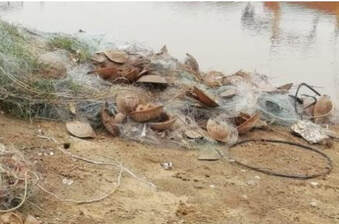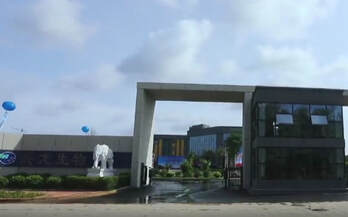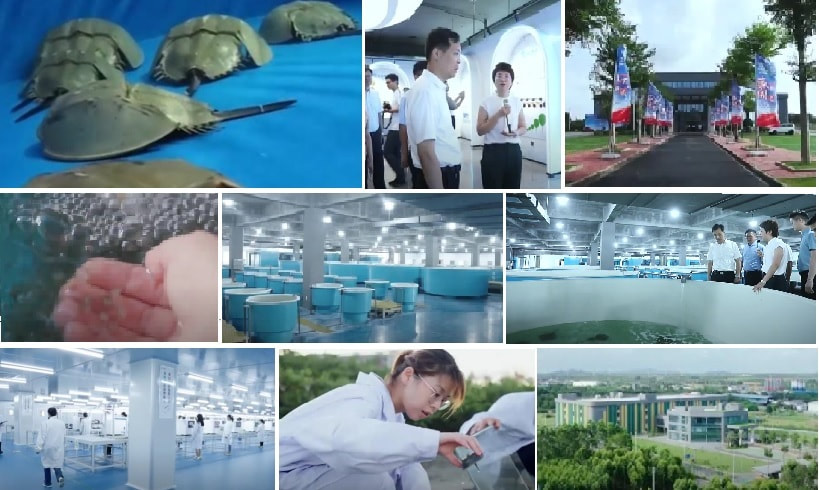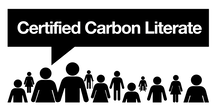
The horseshoe crab is an ancient marine creature. Its blue coloured blood, containing amoebocytes, a valuable raw material used to detect toxins and in the production of 1-3-β-D-Glucan test used to detect invasive fungal infection.
There is considerable pressure on the wild population, it is already classified as a vulnerable species at risk from habitat fragmentation, global warming, and harvesting as feedstock for eels and whelks.
Each year up to 600,000 Atlantic Horseshoe crabs are harvested in the USA alone for transport to the laboratory where they are bled to extract the amoebocytes and subsequently returned to the open environment. This process has an estimated mortality rate of 30%.
This is a recent overview of the the horseshoe crab situation, covering applications, threats, and even it's role in CoVID vaccine production.
https://www.nhm.ac.uk/discover/horseshoe-crab-blood-miracle-vaccine-ingredient.html
There is considerable pressure on the wild population, it is already classified as a vulnerable species at risk from habitat fragmentation, global warming, and harvesting as feedstock for eels and whelks.
Each year up to 600,000 Atlantic Horseshoe crabs are harvested in the USA alone for transport to the laboratory where they are bled to extract the amoebocytes and subsequently returned to the open environment. This process has an estimated mortality rate of 30%.
This is a recent overview of the the horseshoe crab situation, covering applications, threats, and even it's role in CoVID vaccine production.
https://www.nhm.ac.uk/discover/horseshoe-crab-blood-miracle-vaccine-ingredient.html

To ensure future supplies of the precious Horseshoe Crab blood for the 1-3-β-D-Glucan test and other biomedical applications ERA Biology have introduced an aquaculture programme.
The benefits of aquaculture include continuation supply, standardisation of product, and a more humane process. The harvesting of blood from the crabs has a very low mortality rate and the 'wild' horseshoe crab population will be strengthened by the annual release of 200,000 crabs per year.
The benefits of aquaculture include continuation supply, standardisation of product, and a more humane process. The harvesting of blood from the crabs has a very low mortality rate and the 'wild' horseshoe crab population will be strengthened by the annual release of 200,000 crabs per year.

The horseshoe crab breeding base known as the "National Marine Economic Innovation and Development (Beihai) Industrial Park and Beihai Sinlon Chinese Horseshoe Crab Marine Biomedicine Industrial Park" recently opened. The park comprises aquaculture facilities for the horseshoe crab, research and development facilities, and the "Marine Science Education Exhibition Hall".
The park is constructed and operated by Beihai Sinlon Biotech Co, Ltd., a wholly-owned subsidiary of Era Biology Group
The park is constructed and operated by Beihai Sinlon Biotech Co, Ltd., a wholly-owned subsidiary of Era Biology Group
For information on the potential role of β-D-Glucan click here - BD Glucan key role


